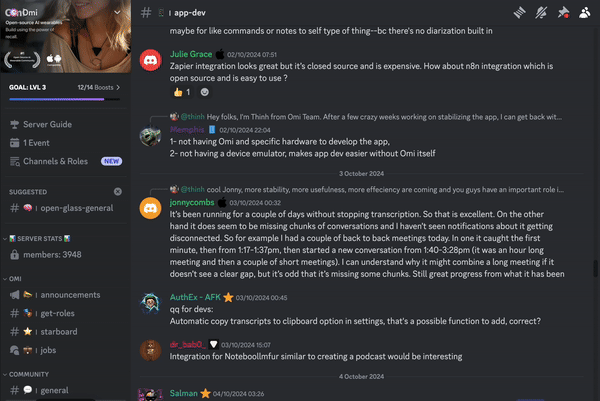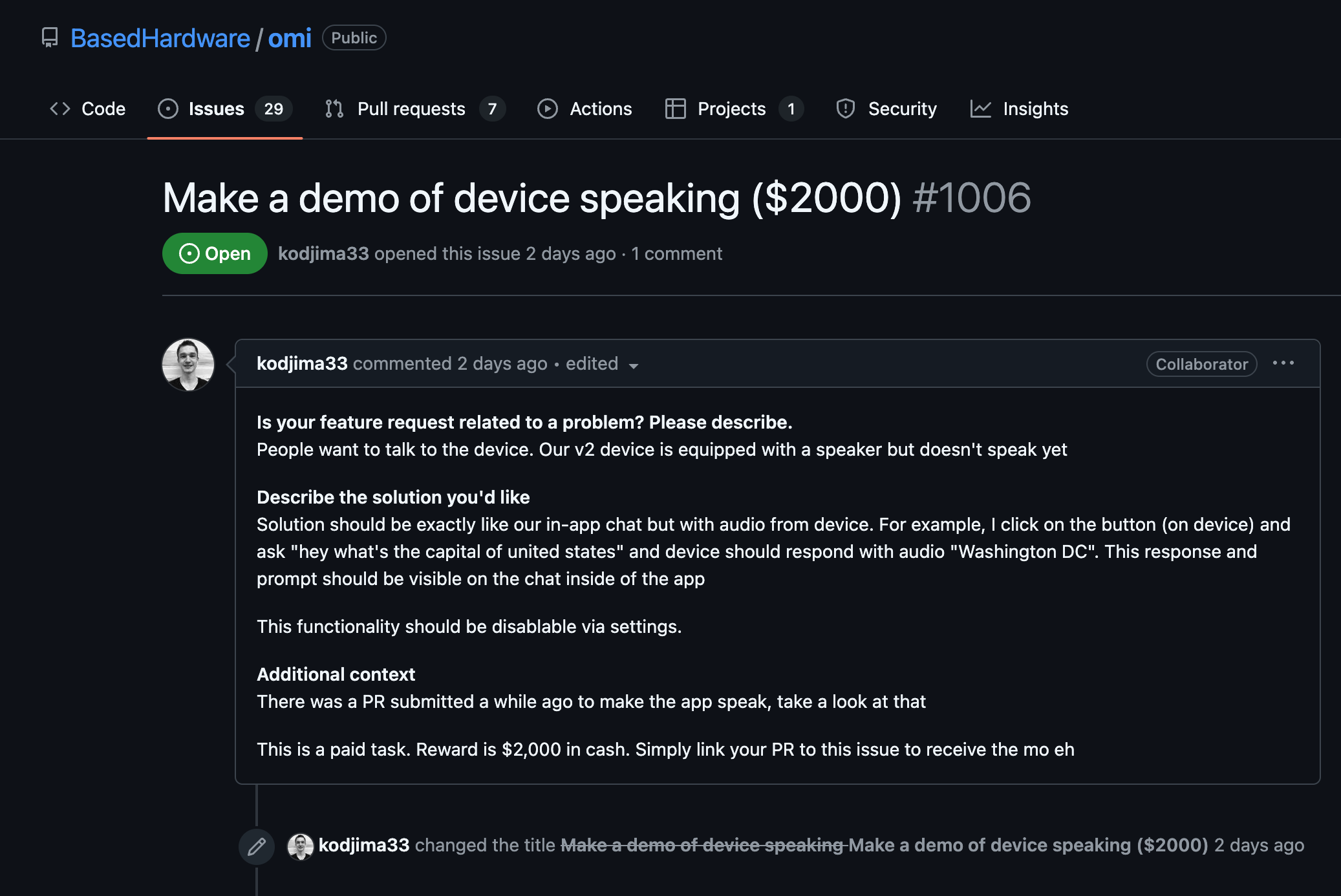Causes of CUBLAS_STATUS_ALLOC_FAILED Error in TensorFlow
- Insufficient GPU Memory: One of the most common reasons for encountering the `CUBLAS_STATUS_ALLOC_FAILED` error is insufficient GPU memory to handle the requested operation. TensorFlow is trying to allocate more GPU memory than what is available, which leads to this error. This is often due to large model sizes, large batch sizes, or a combination of GPU tasks running concurrently.
- Fragmented GPU Memory: Even if the GPU has sufficient total memory, fragmented memory can cause allocation to fail. When GPU memory is fragmented, consecutive blocks needed for allocation might not be available, leading TensorFlow to throw this error.
- Memory Leaks: Running processes that do not free memory properly can cause memory leaks, which gradually reduce the available memory over time. Leaked memory is not usable by TensorFlow for operations, which can trigger the `CUBLAS_STATUS_ALLOC_FAILED` status.
- Running Multiple GPU Processes: Running multiple processes that simultaneously use the GPU can lead to memory competition. Each process is allocated a portion of the GPU memory, and if one process attempts to allocate more than what's available, the error can occur.
- Memory Preallocation by TensorFlow: By default, TensorFlow may preallocate almost all of the GPU memory to potentially prevent fragmentation or reduce allocation time during computation. This preallocation could block other applications from using the GPU, leading to allocation failure when TensorFlow demands more memory.
# Example code of loading a large model which might lead to allocation failure
import tensorflow as tf
# Set a large model
model = tf.keras.applications.ResNet50(weights='imagenet')
# Create a large batch
batch_data = tf.random.uniform((256, 224, 224, 3)) # Adjust batch size as per GPU memory
# Trying to predict which might cause CUBLAS_STATUS_ALLOC_FAILED
predictions = model.predict(batch_data)
GPU Driver and Library Issues
- Outdated GPU Drivers: Using outdated or incompatible GPU drivers can result in communication errors between TensorFlow and the GPU, leading to errors like `CUBLAS_STATUS_ALLOC_FAILED`. Periodically updating drivers can help mitigate this issue.
- Mismatch in CUDA and cuDNN Versions: TensorFlow depends on CUDA and cuDNN libraries. A mismatch between the versions of these libraries and the TensorFlow build can result in allocation failures. Ensuring compatibility between TensorFlow, CUDA, and cuDNN versions is crucial.
Resource Allocation Conflicts
- Operating System Interference: Other system tasks that use the GPU or its memory resources might interfere with TensorFlow's allocation, especially on shared systems or systems running graphics-intense applications.
- Other Applications: Any application, once executed, may occupy a portion of GPU resources. Running applications such as data visualization tools or VMs that require GPU support could reduce the amount of memory available to TensorFlow, leading to allocation issues.
In summary, understanding the operation and interaction between TensorFlow, CUDA, and the GPU hardware is critical to diagnosing the specific cause of a CUBLAS_STATUS_ALLOC_FAILED error. Proper resource management, keeping software up to date, and adopting best practices in memory allocation can help prevent such errors.


























